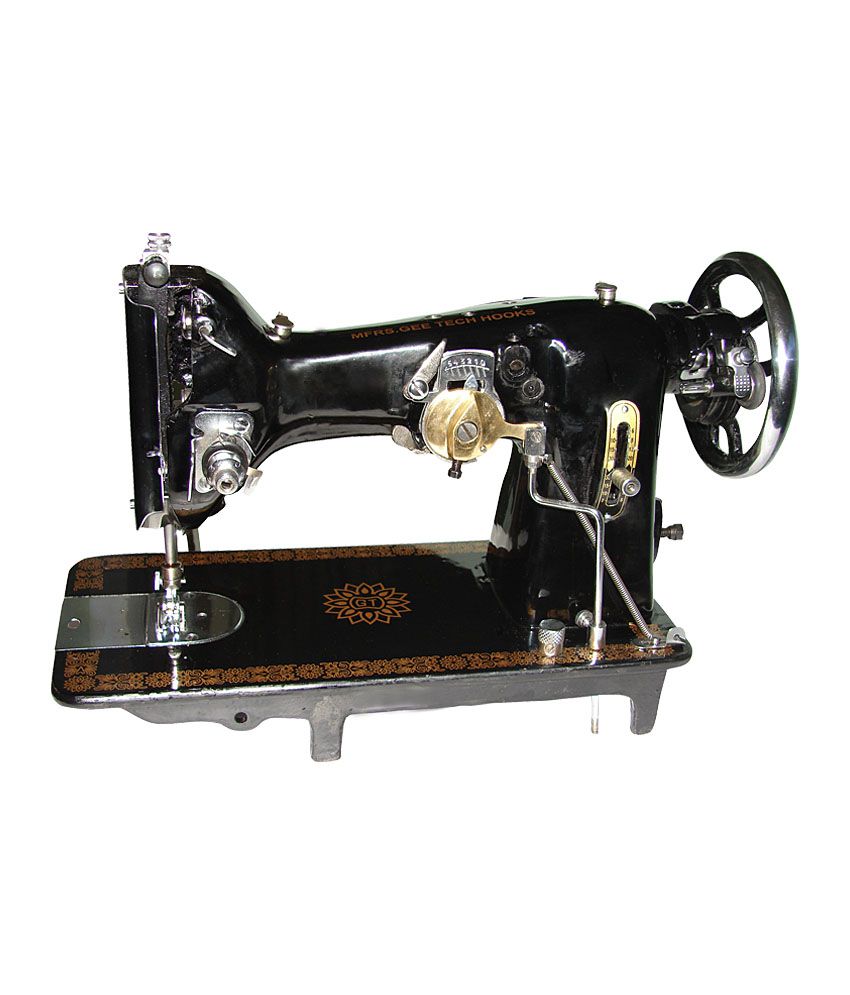Correction of Thread Position Sewing
CNC sewing technology is applied for assembling layersof textiles. Typical examples are car seats or mattresses. Themost important function of the sewing thread is not to fix andconnect the different layers, but to appear visually pleasing [4].Therefore, the final thread pattern must correspond to a modelup to acceptable deviations, which are task specific [5].However, the elasticity of the materials causes patterndeformations due to geometric shifts of older stitches, if newerstitches are set within striking distance. In order to achieve anoptimal appearance, it is necessary to account for these shiftsand anticipate the deformation of the thread pattern withinthe CNC sewing program. Up to now, this is addressed byhuman experts in an iterative way. Using the current stateof the CNC program, a specimen is created. Subsequently,the human expert inspects the specimen and modifies theprogram accordingly. The program modification is performedmore or less intuitively and requires a lot of experience. Thisprocedure is repeated as long as necessary and may take upto two days. Next to the time commitment, this trial anderror approach comes along with a high material cost, sincea sufficient amount of test samples is needed to optimize theCNC program.The goal of this work is to automate the process ofinspection and subsequent adaptation of the CNC program,with the final workflow being as follows: Given a new pattern,an initial sewing is performed using the desired model. Thiswill result in a distorted thread pattern, as it is visualizedin Figure 1. The specimen created this way is placed in acamera based inspection system. Based on the single specimenand given knowledge about the desired pattern, the inspectionFig. 1: An exemplary visualization of the distortions. Theblack line shows the desired thread pattern. However, sewingin such a pattern might actually lead to the distorted patternshown in red.system automatically detects the real thread pattern usingimage processing techniques. Subsequently, a registration andadaptation of the desired model is performed, such that it opti-mally fits the detected thread pattern. Based on the calculateddeformation, the CNC program required to achieve the desiredpattern is calculated.This paper focuses on the image processing part, includingthe image acquisition and model-based registration/adaptation.On the most abstract level, it can be separated into a hardwarepart, consisting of the construction of the camera basedinspection system, and a software part, consisting of the imageprocessing and model adaptation. Section II describes theinspection system and the image acquisition process. Imageprocessing techniques to automatically detect the thread aredescribed in Section III. A pipeline for the thread patternregistration and adaptation is proposed in Section IV. Thepresented inspection system does not only lay the foundationfor the automated computation of the CNC program, but canbe used as a standalone system for quality assurance.II. IMAGEACQUISITIONThe textile specimen we consider have a size of1mx1m.Simultaneously, the spatial accuracy of detected stitch po-sitions needs to be in the order of50μmto account forvery thin threads. In a real world scenario, both require-ments can only be combined by using a commercially avail-able camera sequentially scanning individual parts. VS Enterprises

Positions of the thread appearing in the image are extractedusing a blob detection on the binary imagewges(x,y). Everyposition found this way will in the following be called a threadrepresentative. The representatives are preferably distributed inequidistant steps over the length of the thread. Furthermore,they can be ordered to form a sequence of points, representingthe entirety of the thread. The result is displayed in Figure 5c,with the circles visualizing the found representatives. However,it can be seen that outliers are possible (visualized in red).Additionally, individual thread positions might be missed.The model fitting and adaptation is not performed using eachindividual stitch, since such an approach would be highlysusceptible to interferences like outliers. Instead, more abstractfeatures are considered, that can be robustly recognized withinboth the set of representatives and the pattern model.•Characteristic pointsmay be thread endings, pointswhere the thread pattern changes abruptly its direction,or the intersection of lines.•Polygonsmay be formed by the linear connection ofneighboring representatives. The corresponding polygonswithin the pattern model are formed by the linear con-nection of neighboring model stitch positionsNext to the improved robustness, the computation complexityis heavily reduced.B. Initial Model-Based RegistrationThe specimen placed inside the inspection system may bearbitrarily rotated and shifted. For this purpose, an initialestimation of the rough placement of the thread patternrelative to the prior model is estimated. The estimationutilizes the generalized Hough transformation (GHT) [2] [6],which has been proven to fulfill this task. The goal isto compute a global shift vector minimizing the distancebetween model and real world thread features.https://www.vssewingmachine.in/

Recent Comments